Abstract
The atmosphere may not strike people as a very suitable habitat for bacteria, but recent studies indicate it may harbour diverse and active bacterial communities. Although their complexity is similar to those found in soil or marine environments, it is not as well understood. Active bacterial communities in the soil, for example, have not only been observed to become more resistant when exposed to pollutants, but they also developed degradation mechanisms. Can similar processes occur in airborne bacterial communities? This possibility holds great potential for dealing with air pollution in the future. As basic research is limited, we aimed to study how active life in the atmosphere is influenced by airborne stressors. An unusually high fraction of airborne bacteria was observed to be pigmented, presuming to resist UV radiation. Furthermore, the airborne bacteria from three different locations in the region of Antwerp (Belgium), i.e. the centre of the city, the harbour, and a greener suburb were compared for their cadmium resistance. Furthermore, the growth of airborne bacteria exposed to volatile organic compounds (VOCs) was assessed. The results indicate that airborne bacterial communities adapt to the present air pollutants, possibly using VOCs as nutritional substrates. Airborne bacteria are therefore good candidates for future applications in biomonitoring and bioremediation.

